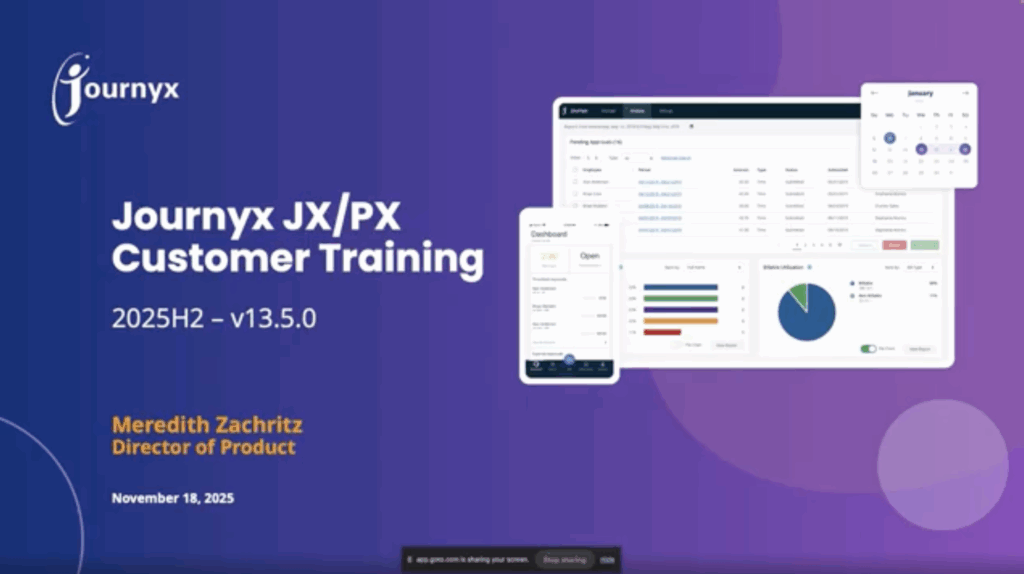Wage Law Compliance, Tracking Time, Hourly Workers, and Your Business
Introduction
Effective time tracking is crucial for managing hourly workers, ensuring compliance with labor laws, and optimizing payroll processes. This article delves into the nuances of timekeeping for hourly employees, covering breaks, jurisdiction-specific regulations, rounding issues, meal break policies, penalties for non-compliance, predictive scheduling, and more. Accurate timekeeping is essential to avoid legal pitfalls, ensure fair compensation, and protect both businesses and employees.
Rest and Meal Breaks
Hourly workers are entitled to rest and meal breaks, but the requirements vary significantly across different states and countries:
- Rest Breaks: Typically, states mandate short rest breaks (e.g., 10-15 minutes) for every few hours worked.
- Meal Breaks: Meal breaks are usually longer, often around 30 minutes, and are required for shifts exceeding a certain number of hours. For instance, in California, employees must receive a meal break by their fifth hour of work but can waive it until the sixth hour. In California, for example, for shifts exceeding ten hours, the second meal break can be waived if the first meal break was not waived.
It’s important to have clear documentation and a waiver process in place, so look for a timekeeping system that will allow for those waivers to be captured.
City/State/Country-Specific Regulations
Each state and country—and in some cases, city — has its own set of rules regarding timekeeping and breaks. Here are examples of some jurisdictions with particularly stringent requirements:
- California (CA): Known for its strict labor laws, including precise meal break timing and penalties for non-compliance.
- New York City (NYC) and Chicago (CHI): Have unique regulations differing from the rest of their respective states. For instance, Chicago has predictive scheduling laws mandating schedules be set two weeks in advance for specific employers/workers.
- Illinois (IL): Requires periodic purging of biometric data used for timekeeping.
- Puerto Rico (PR): Enforces strict timekeeping requirements.
- Germany (GER or DE): Among other regulations, the maximum daily amount of working time must not exceed ten hours. However, the law stipulates that the working hours on business days (Monday until Saturday) must not exceed an average of eight working hours per day, i.e. 48 hours per week, over six months or 24 weeks.
Rounding Time
Rounding employee work hours can be a contentious issue. Regulations have been updated in some states to ensure fairness whether rounding up or down. Employers must be cautious about rounding practices to avoid legal issues, especially with any labor law changes emphasizing precise tracking.
Penalty Pay and Violations
Failure to adhere to labor laws, such as providing timely meal breaks, can result in penalty pay. For instance, in California, if an employee misses a meal break, the employer owes them an extra hour of pay as a penalty. Systems should flag such violations to ensure compliance, pay appropriately, and avoid penalties.
Attestation Timesheet Clauses
Attestation clauses are important for documenting instances where timesheets were submitted with warnings of violations, and the ability to have the employee attest to their knowledge of or agreement with this submission. Should violations occur, employees will need to complete an attestation, which should be part of the audit history of the timekeeping system. Attestations shift the burden of proof back to the employee for attesting to the submission despite warnings.
Data Accessibility and Record-Keeping
Employers must ensure that timekeeping data is accessible, accurate, and easily readable. In some cases, employees can file grievances for wage and hour violations for up to four years retroactively. Therefore, maintaining meticulous records is crucial. Timekeeping systems should be capable of tracking and flagging issues such as missed breaks or overtime violations to prevent non-compliance and manage such claims efficiently.
Overtime and Double Time
Understanding overtime (OT) and double time (DT) regulations is crucial for maintaining compliance with wage laws and pay rates:
- Overtime (OT): Typically applies after 8 hours in a day or 40 hours in a week, paid at 1.5 times the regular rate. (the US Dept of Labor recently updated their OT regulations for low-earning salaried employees as well)
- Double Time (DT): Often applies after 12 hours in a day.
- Consecutive workdays: In some cases, employees working seven consecutive days must be paid at 1.5 times their regular rate for the first eight hours and double time for hours exceeding eight on the seventh day.
Employers must clearly define and track the start of the workweek and workday, as these definitions (as seen in the consecutive workdays example above) can impact OT and DT calculations.
Non-Exempt Employees
Employees earning below a certain threshold (around $50,000 in the US) are generally classified as non-exempt, meaning they are eligible for overtime and double time. Ensuring accurate classification of your employees is vital to comply with labor laws and avoid penalties.
Paid Time Off and Sick Pay
Various rules apply for paid time off, sick pay, maternity/paternity leave, bereavement leave, jury duty, holidays, etc. Check with your employment attorney to determine the minimum allowed by law, and design your compensation plans accordingly.
While there’s no US federal mandate for paid sick leave, different states and municipalities have started over recent years to put regulations into place. Our partners at Greenshades have put together a handy 2025 Paid Sick Leave Compliance Guide that you might find useful.
As a business, if it’s advantageous to do so for recruiting and/or employee retention purposes, you can choose to offer benefits above and beyond the minimums allowed by law.
Scheduling and Predictive Scheduling
Proper scheduling is crucial for compliance and employee satisfaction:
- Clock-in Issues: Monitoring early or late clock-ins/clock-outs can prevent scheduling conflicts and unauthorized OT.
- Predictive Scheduling: Some states, like Oregon, Illinois and California, require schedules to be set two weeks in advance. Failure to comply can result in penalties.
Better scheduling can reduce or eliminate some of the issues and/or penalties associated with consecutive workday issues mentioned in the overtime/double time section above.
Call-Out or Reporting Time Pay
In states like California, if an employee’s shift is canceled within a certain time frame, the employer owes them a percentage (typically 50%) of the scheduled hours as Call-Out or Reporting Time Pay (California Division of Labor Standards Enforcement). This rule prevents last-minute schedule changes that can disrupt employees’ plans and, in some cases, impact their livelihood.
Payroll Systems and Time Tracking Compliance
Modern payroll and time tracking systems like Journyx can be used to track and automate compliance with wage law regulations, including:
- Determination and calculations of OT, DT, and penalty pay
- Tracking rest and meal break requirements
- Flagging potential violations
- Tracking timesheet attestation by employees, along with associated warning messages
- Integrating predictive scheduling features
- Keeping track of biometric data and purging it as required
Utilizing Technology
Modern timekeeping software, like that offered by Journyx, can automate many aspects of compliance. These systems can track work hours, breaks, and overtime, provide alerts for required breaks and impending non-compliance. They also facilitate easy data retrieval and reporting, which is essential during audits or legal disputes.
Tying a robust time and attendance software system to your payroll provider can ensure that workers are paid accurately and fairly, while taking into account all of the complexities that wage law compliance at the local, state/province, and federal/country levels.
Conclusion
Tracking time for hourly workers involves more than just punching a clock. It requires a comprehensive understanding of state laws, effective systems to capture and report data, and ongoing diligence to ensure compliance. By leveraging technology and staying informed about legal requirements, employers can create a fair and compliant workplace.
Keeping up with timekeeping regulations for hourly workers is challenging but essential for legal compliance and efficient payroll management. Employers must stay informed about state and country-specific laws, implement robust time-tracking systems, and regularly review and update their practices to ensure fairness and accuracy. By doing so, they can avoid penalties, improve employee satisfaction, and maintain a well-organized workforce.
Learn more about wage law time tracking with Journyx
For more information about Journyx time tracking, check out our Project Time Tracking solution for cost accounting and/or our Time and Attendance for payroll solution.
The information provided in this article does not, and is not intended to, constitute legal advice, as it is for general information purposes only. For more information on your local labor laws, refer to your state or country’s labor websites, information provided by top payroll companies, and/or consult legal experts specializing in labor law. Links provided are for the convenience of the reader. Journyx does not recommend or endorse the contents of any third-party site.
For more information, feel free to check out a few of the references used in this article:
- US FLSA recordkeeping requirements (may vary by state)
- National Law Review
- Classification of independent contractors and employees (California Labor and Workflorce Development Agency)
- Baker Mackenzie blog on California labor laws
- German Federal Ministry of Labour and Social Affairs
- States and localities with predictive scheduling requirements (HR Dive)
Let’s Get Started. Book a Demo Today.
Journyx helps you track time for projects, payroll, and more. Learn how Journyx can help you use time to your advantage in your business.



